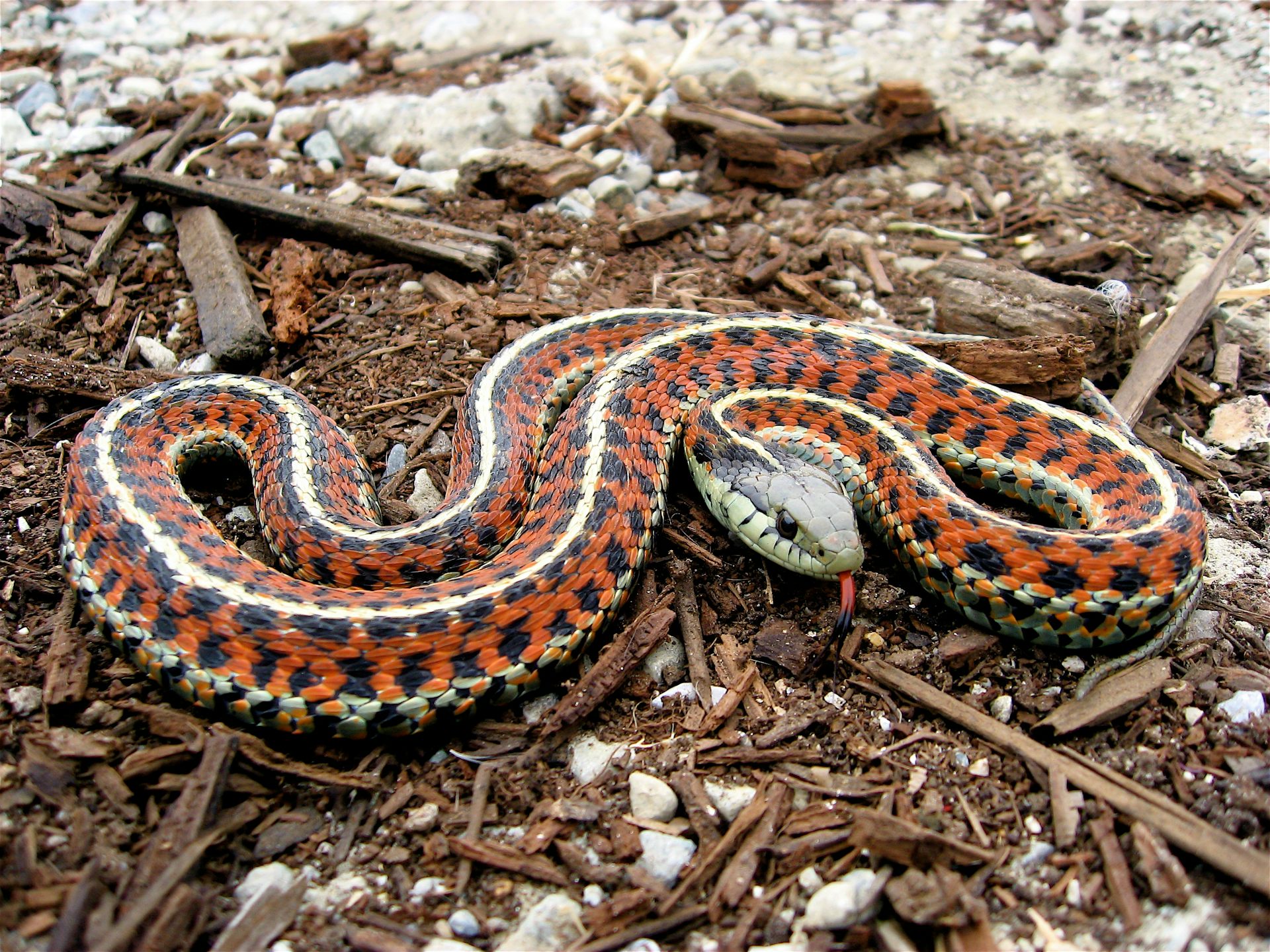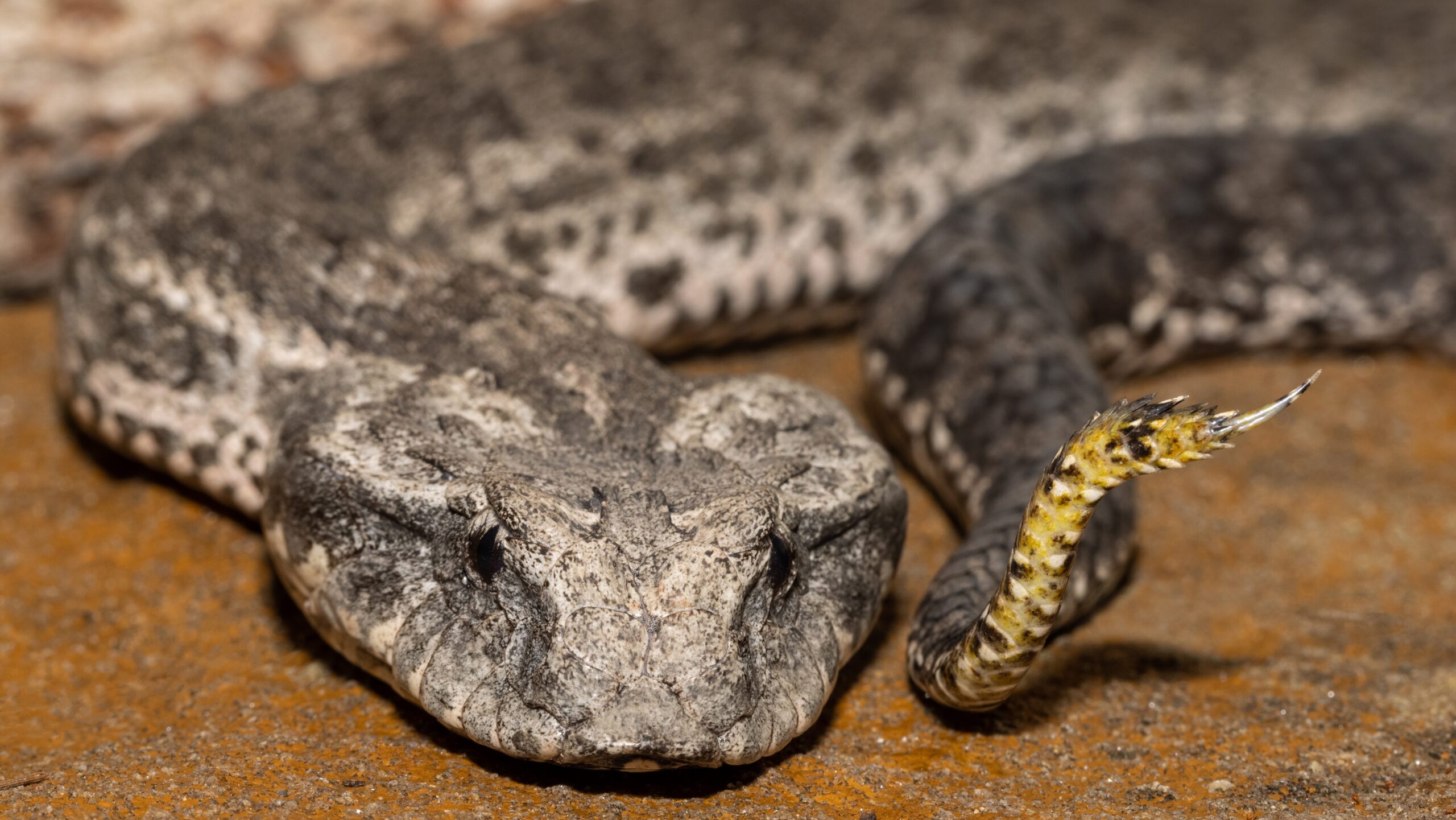Introduction
Tiger snakes (Notechis scutatus) are among one of the most fascinating yet feared reptiles found in Australia. With their striking look and powerful venom, these serpents evoke a mix of admiration and care. more info Observing tiger snakes in their native environment can be an electrifying experience for nature fanatics, wildlife digital photographers, and researchers alike. Nonetheless, it's essential to approach this undertaking with regard for the animal's environment and an understanding of safety measures to avoid snake bites.
In this comprehensive overview, we'll discover how to securely observe tiger serpents in their all-natural environment. We will cover subjects ranging from understanding their behavior and environments to first aid for serpent attacks-- furnishing you with expertise to enhance your experience while minimizing threats.
What is a Tiger Snake?
Tiger serpents are very venomous serpents belonging to Australia, particularly Tasmania and seaside regions. They are understood for their distinct grouped coloration appearing like a tiger's red stripes, which can vary from yellowish-brown to dark brown and even black.
Physical Characteristics
Tiger serpents are medium to large-sized snakes that can mature to 2 meters long. Their bodies are durable, and they have a broad head that is definitely larger than their necks.

Habitat Preferences of Tiger Snakes
These reptiles typically inhabit wetlands, tidewaters, and seaside areas but can also be found near freshwater resources like rivers and lakes. Comprehending where these serpents live is important for anyone seeking to observe them safely.
Understanding Tiger Serpent Behavior
Are Tiger Snakes Venomous?
Yes, tiger serpents website are among one of the most venomous serpent species globally. Their poison has neurotoxins that can lead to significant medical issues if bitten.
Behavioral Traits
Tiger serpents are generally timid animals; they favor to prevent human interaction. However, they can end up being aggressive if threatened or collared.
Where Can You Find Tiger Snakes?
Tiger Serpent Habitat Exploration
To securely observe tiger snakes in their natural environment, it's essential first to identify where they thrive. They often tend to favor:
- Coastal marshlands Mangroves Swamps Riverbanks
Best Locations for Observation
Some suggested locations include:
- Tasmanian wetlands The shorelines of southerly Australia National parks with water bodies
Safety Safety measures Before Observing Tiger Snakes
Understanding the Dangers of a Tiger Serpent Bite
Although encounters with tiger serpents can be thrilling, recognizing the threats entailed is critical:
Yellow faced whip snake bite Recognize signs and symptoms of a snake bite: swelling at the website, discomfort radiating from the bite area. Know emergency situation contacts: Familiarize on your own with local emergency situation services. Carry a first-aid package specifically geared up for serpent bites.First Help for Serpent Bites: What You Required to Know
Knowing what actions to take if bitten can save your life or someone else's:
- Stay tranquility; movement increases poison spread. Call for medical aid immediately. Do not use ice or attempt suctioning.
How to Securely Observe Tiger Snakes in Their Natural Habitat
When you determine to observe tiger snakes in the wild:
Dress Appropriately: Use long pants and durable boots. Use Binoculars: Keep a safe distance while observing these reptiles. Avoid Abrupt Movements: Quick movements might startle them. Stay on Developed Trails: Avoid roaming into thick underbrush where presence is low.Equipment Needed for Observation
Essential Equipment Checklist
- Binoculars First-aid package specifically made for snake bites Field manual on Australian reptiles Camera (with zoom capability)
Snake Bite First Aid Kit Essentials
A well-equipped emergency treatment kit should include:|Thing|Function|| -------------------------------|-------------------------------|| Compression plaster|To debilitate the affected area|| Antihistamines|For allergic reactions|| Emergency situation get in touch with numbers|Quick gain access to during emergency situations|

Interpreting Tiger Serpent Signals
Understanding exactly how tiger snakes interact through body movement assists onlookers evaluate when it's safe or hazardous:
Common Behaviors
Defensive position: If coiled or increased off the ground. Retreating behavior: When they gradually back away from prospective threats.Dealing With Possible Encounters
Even with preventative measures taken, an encounter may still occur during your monitoring journey:
Remain tranquility; worrying just increases risks. Slowly pull back without turning your back on the snake. Make your presence recognized vocally but stay clear of abrupt movements.Frequently Asked Questions Regarding Tiger Snakes
1. What ought to I do if I see a tiger snake?
Remain tranquility; observe from a range without troubling it.
2. Are baby tiger snakes dangerous?
Yes, adolescent tiger snakes are born venomous and might position dangers comparable to grownups despite being smaller.
3. How common are tiger serpent bites?
While incidents take place yearly in Australia, fatalities are rare due to punctual therapy availability.

4. Can I maintain a tiger serpent as a pet?
Keeping wild tiger snakes as family pets is prohibited in many areas due to conservation laws.
5. What does a tiger serpent bite look like?
Bite marks normally show two puncture wounds together with local swelling and discoloration.
6. How efficient is antivenom?
Antivenom treatment is very reliable when provided prompt after a bite.
Conclusion
Observing tiger serpents in their all-natural habitat offers an exciting possibility for wildlife fans however should be approached with caution and respect for both the creature and its setting. By equipping on your own with expertise concerning these interesting reptiles-- consisting of understanding their habits and precaution-- you can appreciate unforgettable experiences while considerably lowering risks associated with encounters.
In summary, always prioritize safety and security by preparing appropriately before embarking on any kind of wild animals observation expedition-- specifically when handling a few of nature's most poisonous animals like the tiger snake!